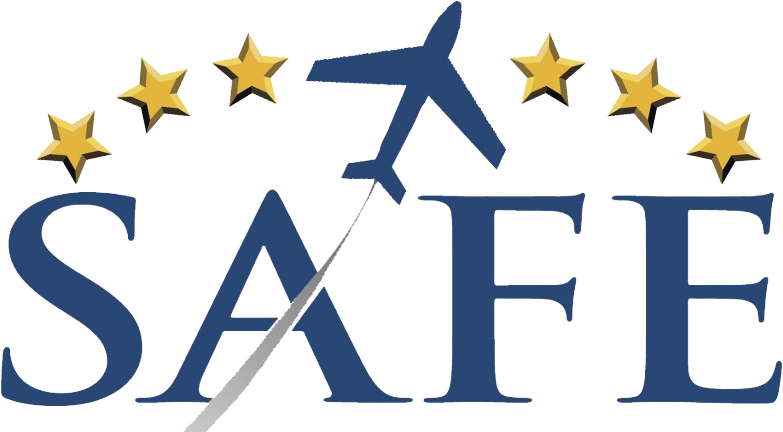First things first, what is a “great” flight instructor? Is it the instructor with the most ratings, the most dual given or is it the person with FAA National Accolades and many Master CFI Levels? Personally, I would argue it is a passionate, professional educator who consistently prepares safe, confident, skillful pilots at many levels from a diverse pool of clients. This person does not seek the limelight but clearly stands out because they consistently develop superior, safe pilots…it’s their attitude, demeanor, and the success they create daily that makes them “great”.

Professionalism in flight education obviously requires a mastery of the mechanical skills of flying and a huge reservoir of technical knowledge, but I would argue that the critical “secret sauce” that makes an instructor “great” are the abilities of communicating, compassion and successfully conveying consistently high standards. Incidentally, the word “instructor” implies the transfer of mere technical skills, whereas a professional “educator” implies teaching the whole person at a higher level than rote. Even the most prodigious knowledge and the best hands on the controls are useless in a CFI unless you can share these effectively and consistently with a variety of people at the highest levels of understanding for durable retention.
 The “greats” are also the ones who really enjoy working with a diverse group of people and eagerly undertake that daily creative challenge of educating them. There is an obvious joy here and true passion here. Another characteristic is an immense reservoir of patience to work through the many problems and plateaus that student pilots encounter.
The “greats” are also the ones who really enjoy working with a diverse group of people and eagerly undertake that daily creative challenge of educating them. There is an obvious joy here and true passion here. Another characteristic is an immense reservoir of patience to work through the many problems and plateaus that student pilots encounter.
A “great” flight educator also has a clear vision for what the finished aerodynamic product should look like at every certificate level and they have the ability to create that from the raw material of many varying personalities. They need to inspire, motivate, cajole and create every day and successfully coach each student over the goal line to certification. The last attribute of a “great” CFI is a commitment to always learning and pursuing excellence. (Spoiler alert for next blog; hours alone are useless *if* you accept “good enough”)
From what I have seen running a flight school, the “soft skills” are the most common missing ingredient in new CFIs. Because of the technical nature of our profession, pilots become CFIs usually due to their superior talent and a passion for aviation (the flying part). They often become confused and disappointed when, as new CFIs, they realize their major daily challenges are no longer landing in a vicious crosswind or shooting an approach to minimums in turbulence. Their new challenges are instead helping a scared housewife through power-on stalls or coaching a lazy college student through subjects they should have mastered at home on their own. Many CFIs also cannot even comprehend a lack of motivation or what is “wrong” with slow learners. This is where patience, compassion and emotional intelligence are the real important educational tools. Aviation is expensive, time consuming and initially scary for many people. Coaching people through these obstacles to a level of mastery, confidence and skill is what great educators do daily.

The next (very important) question is can we successfully educate beginning CFIs to be “great”, and accelerate their learning curve so they can be successful (and happier) with less struggle and fewer hours/years on the job? Does every CFI need K. Anders Ericsson’s famous 10,000 hours to reach a level of mastery? That would be unfortunate, because in our current aviation market a CFI is considered “ancient” if they accumulate even 1000 hours teaching. Your comments and suggestions are welcome (and needed).
Please “follow” our SAFE blog to receive notification of new articles. Write us a comment if you see a problem or want to contribute an article. We are always seeking more input on aviation improvements and flight safety. There are many highly qualified aviation educators out there! If you are not yet a SAFE member, please Join SAFE and support our mission of generating aviation excellence in teaching and flying. Our amazing member benefits alone make this commitment worthwhile and fun. Lastly, use our FREE SAFE Toolkit App to put pilot endorsements and experience requirements right on your smart phone and facilitate CFI+DPE teamwork. Working together we make safer pilots!
